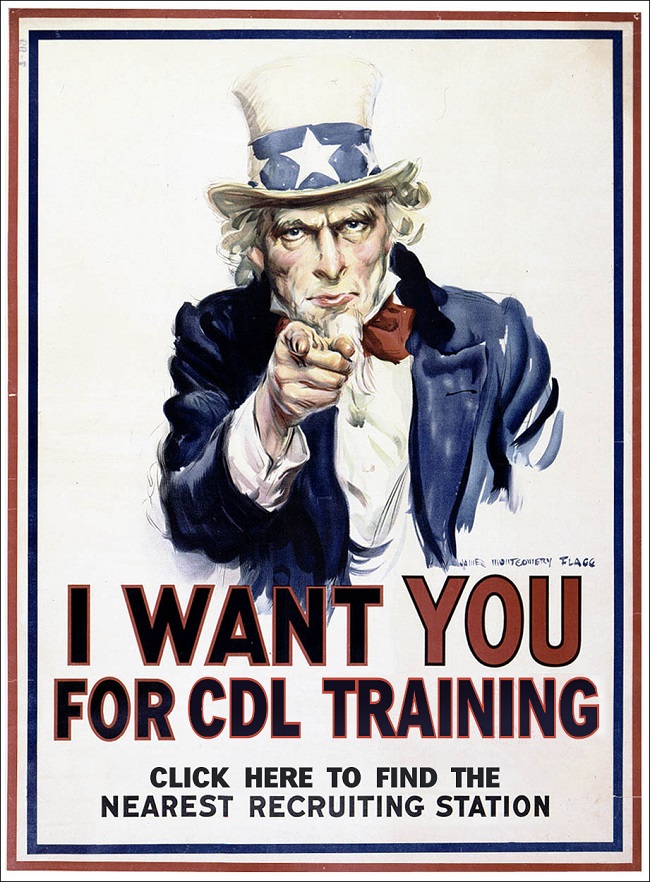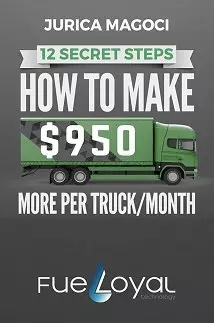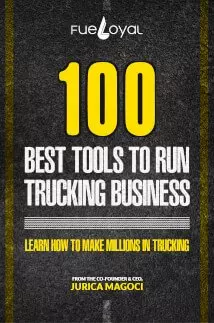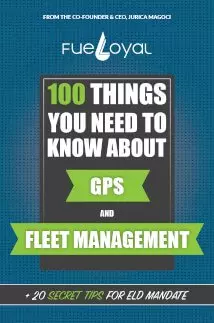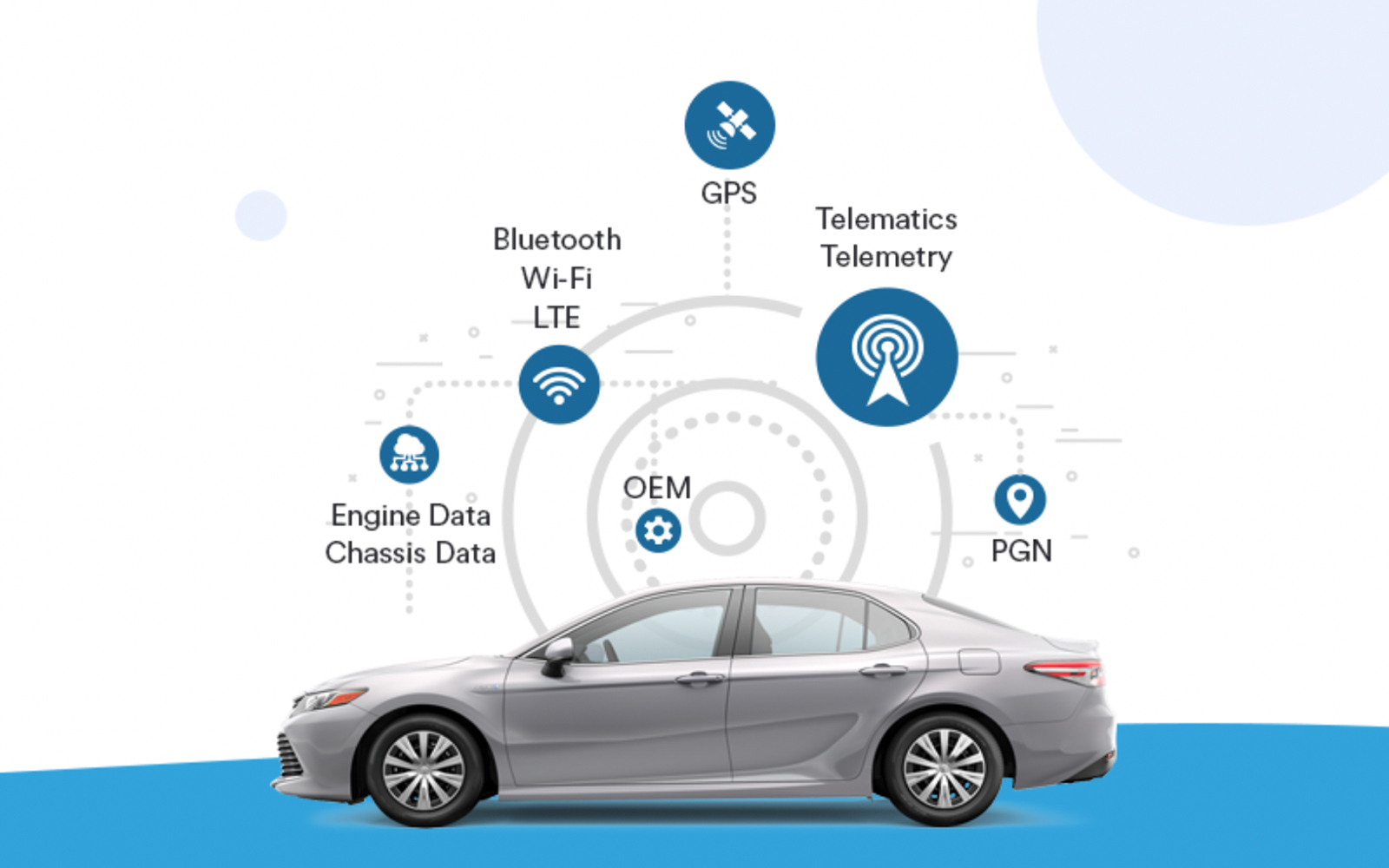The trucking industry has a lot to offer. Some even say it is reminiscent of the old American frontier, perhaps even the days of the cowboy. But instead of horse and saddle you have a truck and trailer. A truck driver is free to roam the open road, traveling from one destination to the next.
LEARN 12 SECRET STEPS HOW TO MAKE $950 MORE PER TRUCK / MONTH
Hey! I'm George J.Magoci and I will send you a FREE eBook where you can learn 12 secret steps how to make $950 more truck/month.
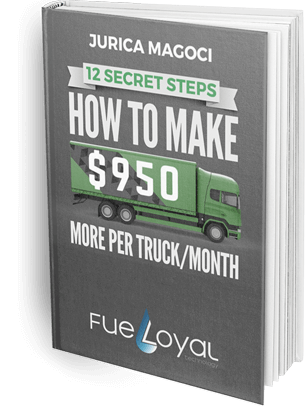
Much like the saddle was once the office, so now the truck serves that same purpose. But just like it took more than a ten gallon hat and fancy spurs to be a real cowboy, it takes more than a truck and trailer to be a real trucker.
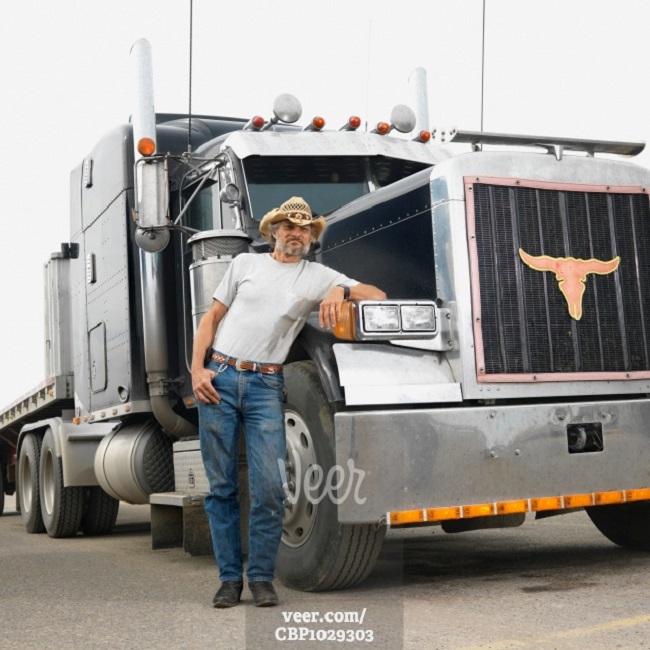
Along with a lot of practice, self discipline, and the ability to get the job done, there are other requirements as well. It takes training and proper licensing. Many companies offer training schools some even promise employment at the end of the course. But remember you must obtain a proper Commercial Driver’s License (CDL), and the proper endorsements for the load you are hauling.
Just like any industry, there are federal guidelines and state level licensing requirements. But also most companies have additional policies in place. Insurance companies usually will add additional requirements depending on the nature and products being transported.
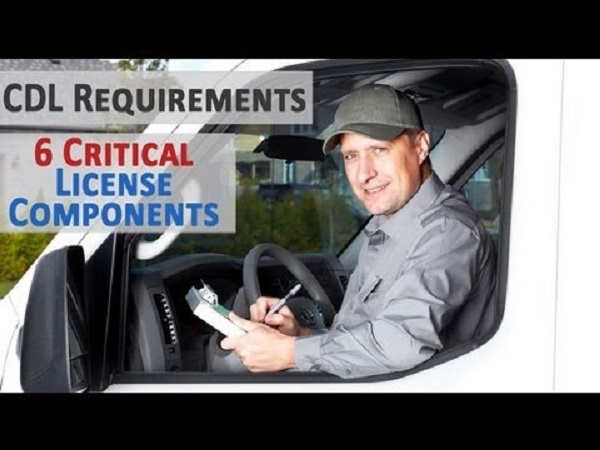
In general, there are 3 classes of CDL’s; these have further endorsements for specific/specialized qualifications (tracker trailers, tankers, buses, etc.). Each one requires the driver to pass certain skills and written test. The three basic classifications are:
- Class A CDL, for most any size vehicle as long as you have the proper endorsements. (Class A Driver License permits, preparation for drivers to obtain/become CDL drivers.)
- Class B CDL, for most any vehicle, provided the trailer is less than 10,000 pounds.
- Class C CDL, for the transportation of 16 or more passengers (including driver). Also applies to 8 or more passengers (including the driver) for compensation. Can apply to small commercial vehicles as well.
So before you embarking on a career as a professional truck driver make sure you know what is involved. Just like any career choice, it is highly recommended to look into the various requirements and regulations required by FMCSA The Federal Motor Carrier Safety Administration, the available training, and such.
